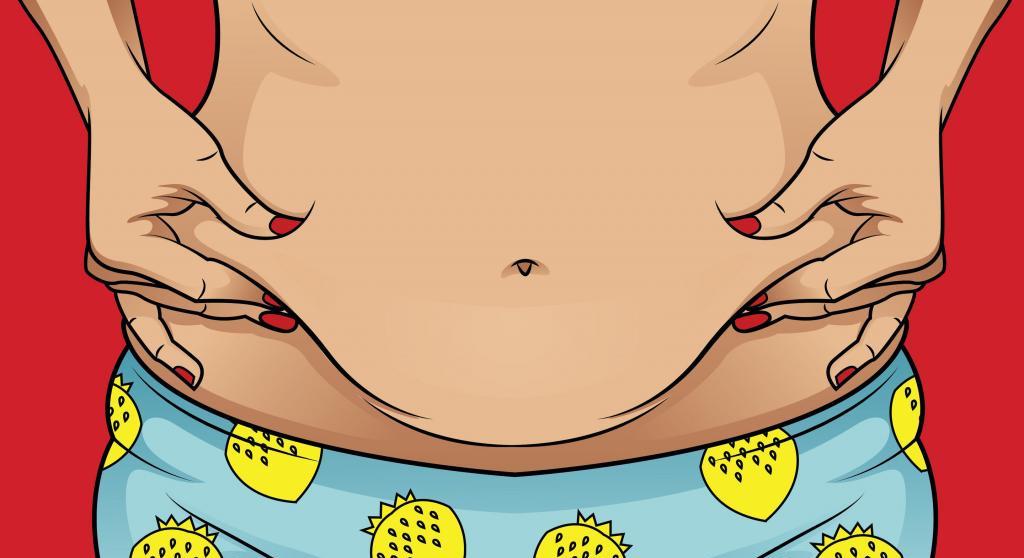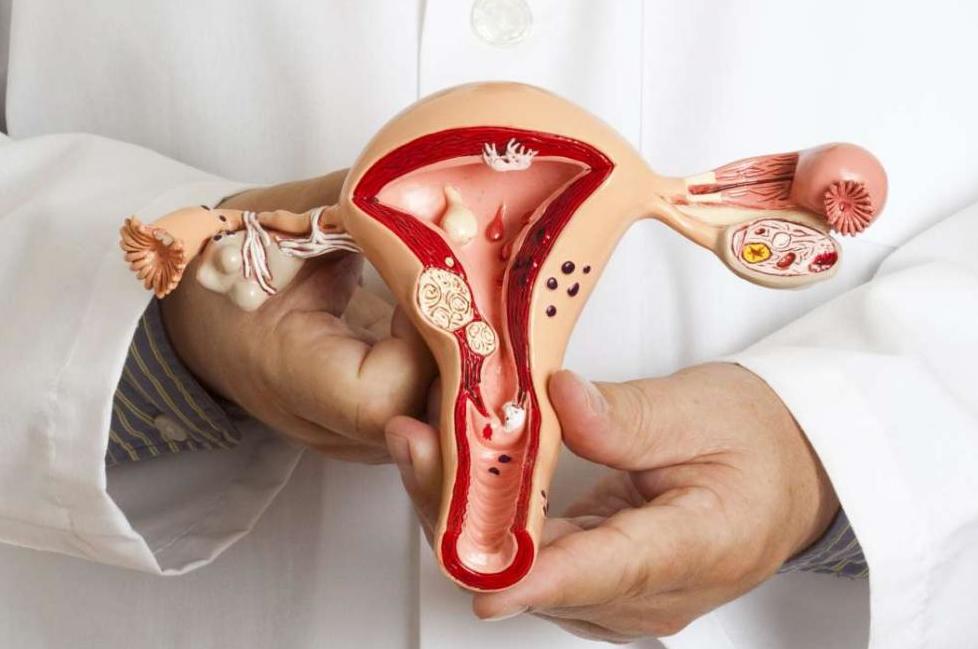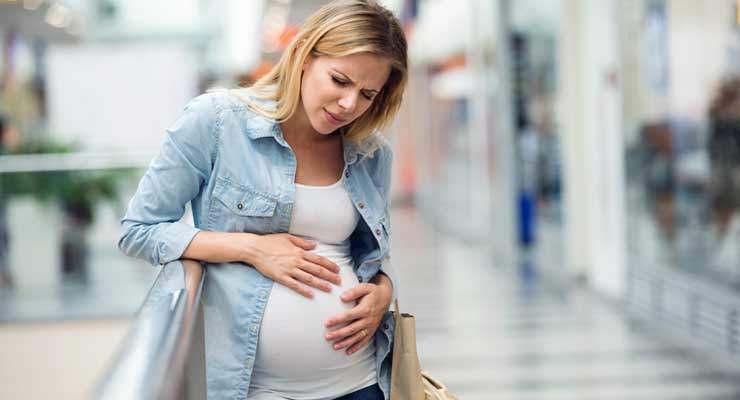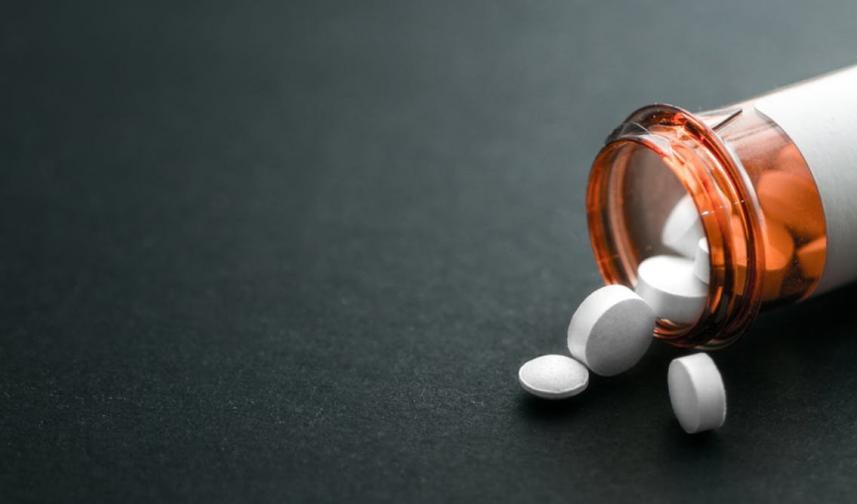Ovarian multicystosis is an ailment whose development is characterized by inhibition of the functions of female reproductive organs. Untimely detection of the problem and the lack of quality therapy leads in the long run to significant hormonal disruptions. In the most advanced cases, women are deprived of the opportunity to have a baby.
Is pregnancy possible with multicystic ovaries? What are the characteristic symptoms of the disease? Why does pathology develop and what methods exist to fix the problem? We will talk about all this in our material.
About the reasons

Researchers of the problem cannot find out the exact prerequisites for the formation of pathology. As the main reason for the occurrence of multicystosis of the ovaries, doctors call poor heredity. Secondary factors are endocrine diseases, the course of which is accompanied by the secretion of an excessive amount of male sex hormones androgens.
Among other aspects that can affect the development of the disease, it is worth highlighting:
- Serious infections of the urogenital sphere, transmitted by girls at an early age;
- Genetic tendency to develop diabetes;
- The presence of significant excess weight;
- Chronic diseases of the genital organs of an inflammatory nature;
- Performing a series of abortions;
- Traumatic effects in the ovary.
Characteristic symptoms
A typical sign of the development of multicystosis is an increase in the volume of female genital appendages. The size of the ovaries in the presence of pathology can increase several times. The trouble is easily detected by a gynecologist during an ordinary examination.

Another characteristic symptom of multicystosis is a malfunction of the regular menstrual cycle. Usually, rare, scarce discharge is observed during the formation of the pathology. In some cases, on the contrary, heavy bleeding is noted. Sometimes menstruation stops altogether.
Most girls with multicystosis have signs of obesity. Unreasonable weight gain is observed against the background of a decrease in the body's susceptibility to insulin. Cells in the body are poorly used for glucose stores. The result is the rapid formation of body fat. A dangerous condition not only leads to the appearance of multicystosis of the genital appendages, but also provokes the development of diabetes mellitus.
A symptom of the presence of pathology is the appearance in women of signs characteristic of the male body. The problem makes itself felt due to an increase in the amount of androgens in the blood structure. Common signs of the presence of hormonal failure are the frequent appearance of acne, hair growth in areas of the body that are unusual for girls, baldness, seborrhea.
Can a multicystic ovary degenerate into cancer?

Most girls prone to the development of a pathological syndrome should not worry again. As practice shows, multicystosis rarely transforms into a malignant disease. However, there are always some risks. Statistics show that the bulk of girls untimely seek help from a doctor in the presence of unpleasant symptoms of the disease. To avoid a sad ending, it is important to visit a gynecologist regularly.
Among the fairer sex under the age of 45, the development of cancer of the genital appendages is a rare occurrence. Malignant tumors in the structure of ovarian tissue are detected, as a rule, in older women.
Multicystosis and pregnancy

Can I get pregnant after treatment of multicystic ovaries? The vast majority of women suffering from the development of pathology are infertile. However, the presence of the disease cannot be called the final sentence. Modern therapeutic techniques make it possible to restore ovulation over time. At first, doctors resort to hormonal treatment of patients. After the return of the regular menstrual cycle, it is important for a woman to be under the constant supervision of a gynecologist. The probability of having a healthy baby increases if the girl, after successful fertilization, is kept in a hospital.
Diet

Compliance with a special diet is an essential part of therapy aimed at relieving the symptoms of ovarian multicystosis. Reviews of women who managed to stop the signs of the development of the disease indicate the need to perform the following actions:
- An exception to the daily diet of fatty foods. The regular use of such foods leads to an increased risk of obesity. The deposition of abundant reserves of cholesterol in body tissues, in turn, provokes an increase in androgen secretion by the ovarian glands.
- Eating low-calorie, protein-rich foods. The solution provides better breakdown of fats by special enzymes.
- Limiting the amount of carbohydrates, in particular, the rejection of all kinds of sweets. The tendency to form multicystic ovaries increases the risk of developing diabetes.
- Refusal to drink alcohol. Alcohol is unacceptable for multicystosis of the ovaries, contributing to an increase in the concentration of androgens in body fluids.
- Absorption during the day of the abundance of fresh vegetables and fruits that act as a source of vitamin C. This diet is extremely useful for girls prone to the occurrence of pathology. Various kinds of vitamin deficiency provoke an aggravation of trouble.
Drug treatment

In order to treat multicystic ovaries, women are prescribed medications, the action of which is aimed at reducing the secretion of male androgen hormones by the sex glands. One of the most effective pharmacological agents of this kind is Diane-35. The medicine not only normalizes the hormonal background, but also restores the menstrual cycle. In addition to the use of the medication, the diuretic composition “Veroshpiron” is used.
At certain periods of the female cycle, doctors recommend the use of funds designed to cause ovulation. Often, for these purposes, the pharmacological agent “Klostilbegit” is used. The medicine has a safe non-hormonal composition and ensures active egg growth.
Surgical intervention
If drug therapy and adherence to a special diet do not work, doctors often resort to surgical methods to resolve the problem. The following solutions are considered most effective:
- Wedge-shaped resection of the genital appendages - the surgeon excises the areas of the ovaries where pathological tissues are concentrated.
- Cauterization (cauterization) - the doctor performs minor incisions in the abdominal region, where the electrodes are placed in order to destroy part of the genital epididymis, which produces an excess of androgens.
Prevention
Following a series of preventive solutions helps to avoid the formation of multicystosis of the genital appendages. An important role is played by regular visits to the gynecologist, timely elimination of diseases of the urogenital sphere of an infectious-inflammatory nature. To reduce the risk of pathology, it is important for girls to control the use of hormonal medications, strictly following the dosages prescribed by the attending physician. Of crucial importance is a balanced diet, maintaining a healthy body weight.